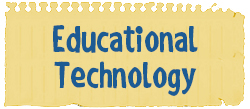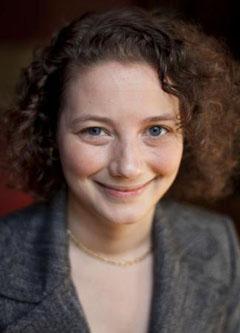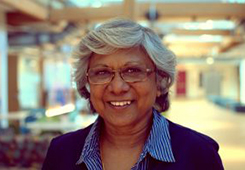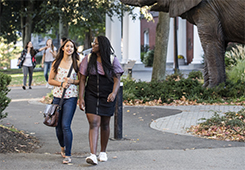Communicating with Your Large Lecture Class
An interview with Dr. Monica Linden from Brown University.
On October 12, 2018, Tufts’ Center for the Enhancement of Learning and Teaching hosted Dr. Monica Linden, Senior Lecturer in Neuroscience at Brown University as part of Tuft’s Large Lecture Consortium. Dr. Linden shared her insights and ideas on communicating with a large lecture class.
Linden developed her technique — called Individualized Learning Enhancement through Assessment Feedback (iLEAF) — for a large class (> 100 students) on Systems Neuroscience. Monica had noticed that students taking this intermediate level course often had trouble adapting to the higher level thinking, which required different learning and studying techniques than the introductory prerequisites. The structure of the course itself, lectures with 3 exams and a final, provided only minimal feedback to students. Office hours were attended by a biased selection of the student population and not a scalable way to reach all students, but they provided important clues as to what the students needed help with.
Through her conversations with students Linden learned that students often were surprised by their poor exam performance, noting the hours they’d spent studying. In particular, student performance on exam questions that required only memorization of materials (like those students saw in high school and introductory classes) was much higher than those questions asking students to apply an idea to a new concept or interpret a graph. Discussing with students the various levels of learning, and different study techniques to prepare for performance at a variety of levels on the exam proved to be helpful to the students she saw.
- What are some challenges you encountered?
Initially we used online exams to easily collect the data to make the personalized exam reports. Online exams were challenging for several reasons including finding a space where students could take the exams on their laptops and not easily see other students’ screens, some students have laptops that were unreliable for the length of the exam, some students did not have laptops, and some of the approaches to locking-down a computer during the exam were buggy (we used both Respondus and Proctorio). The biggest challenge we’ve had since developing the application that works with paper-based exams is that it is still not smoothly integrated into Canvas.

Poll Everywhere is an easy-to-use classroom response system provided for free to Tufts faculty and students. It can be useful for communicating with a large class through online Q&A with results shown on screen. Learn more . . .
- What advice would you offer faculty interested in trying some of these approaches?
I believe that teaching the students that exam questions come at different cognitive levels and that there are study approaches to support those different levels is beneficial, even without the personalized reports. The time investment to accomplish this is minimal, but the pay-off can be significant for some of your students. - What are you planning to do next?
I am continuing to work to get the software implemented into Canvas. I’d like to test the use of the app in other classes at Brown (both STEM and non-STEM) and ideally, make the app available as a Canvas add-on.






